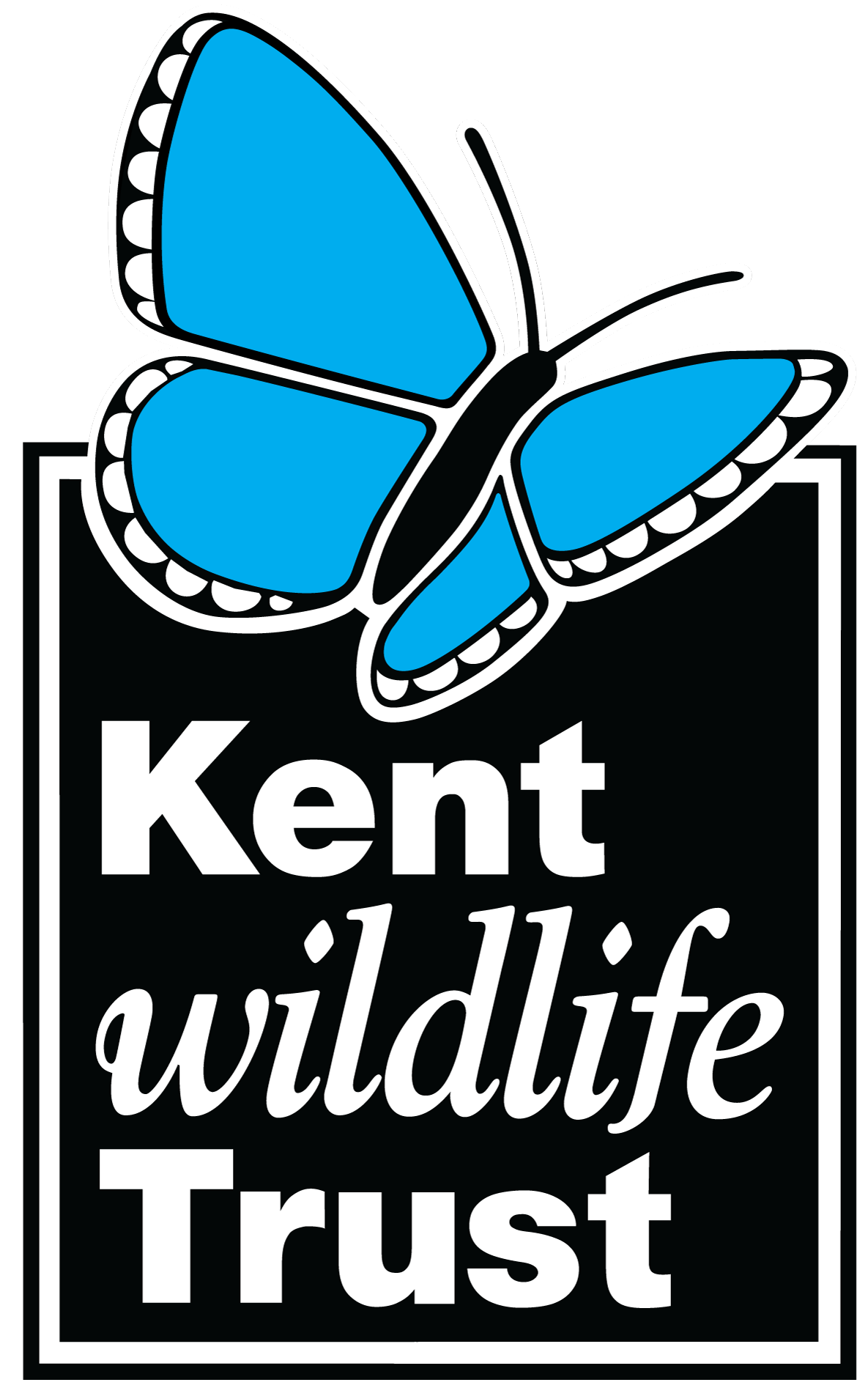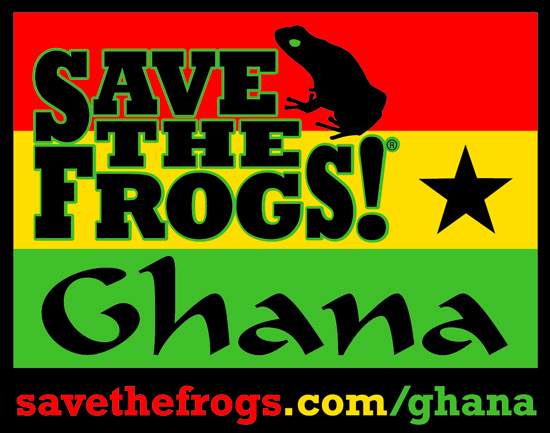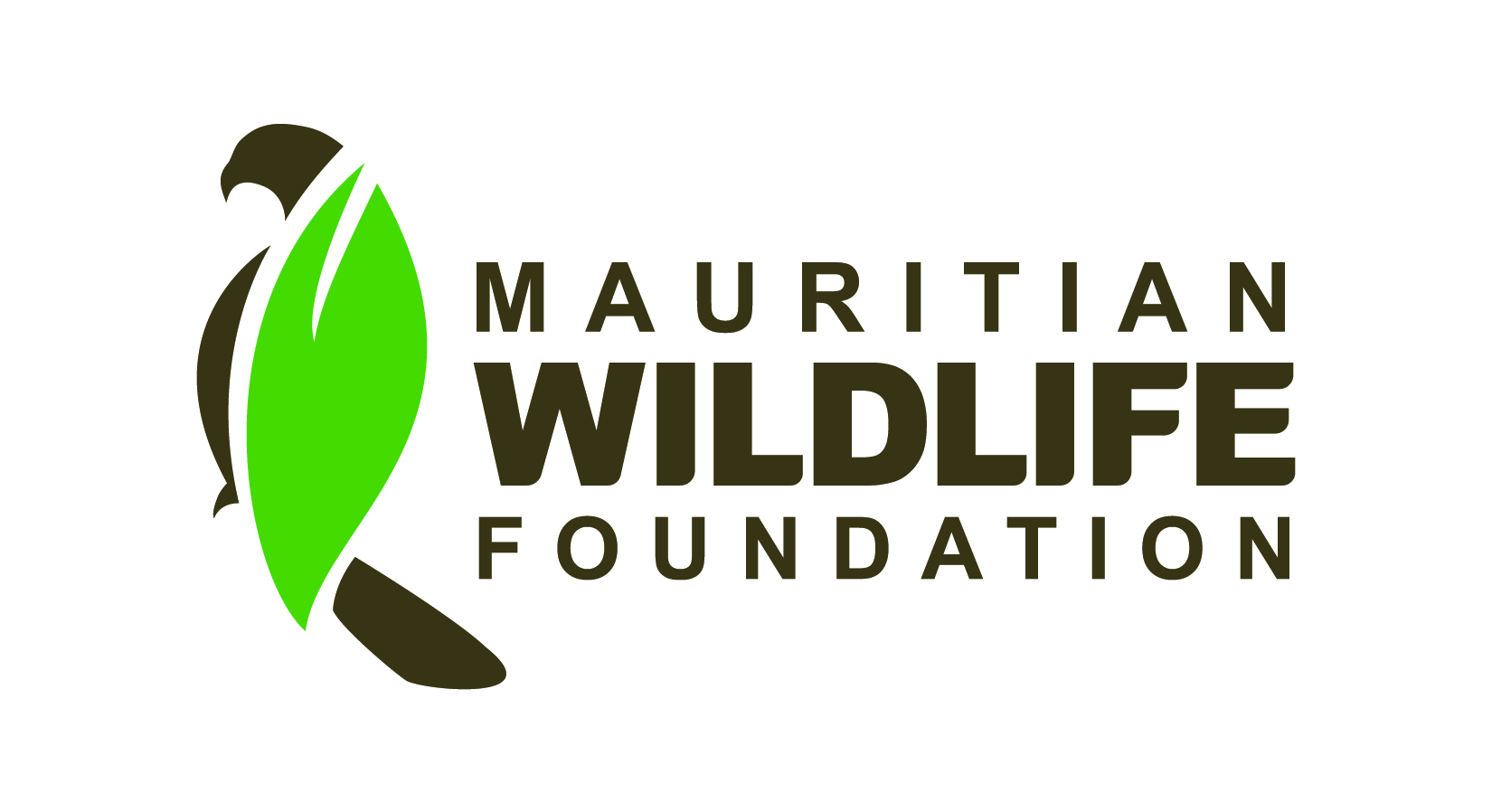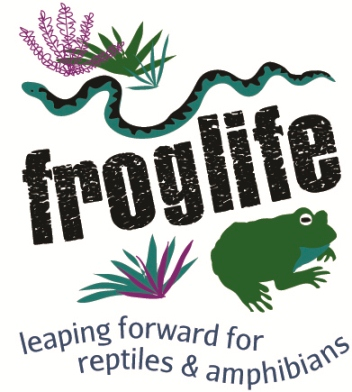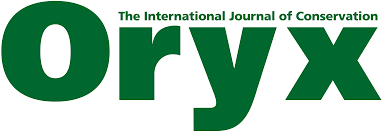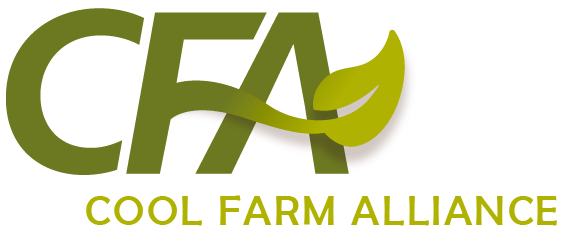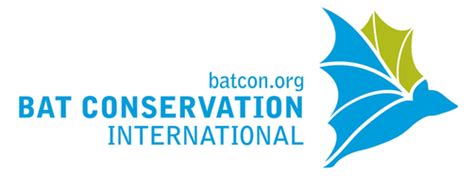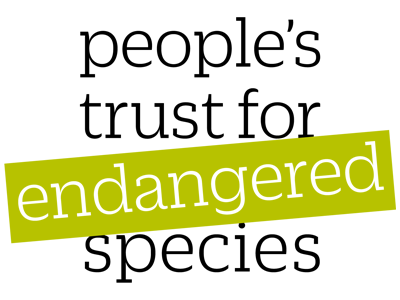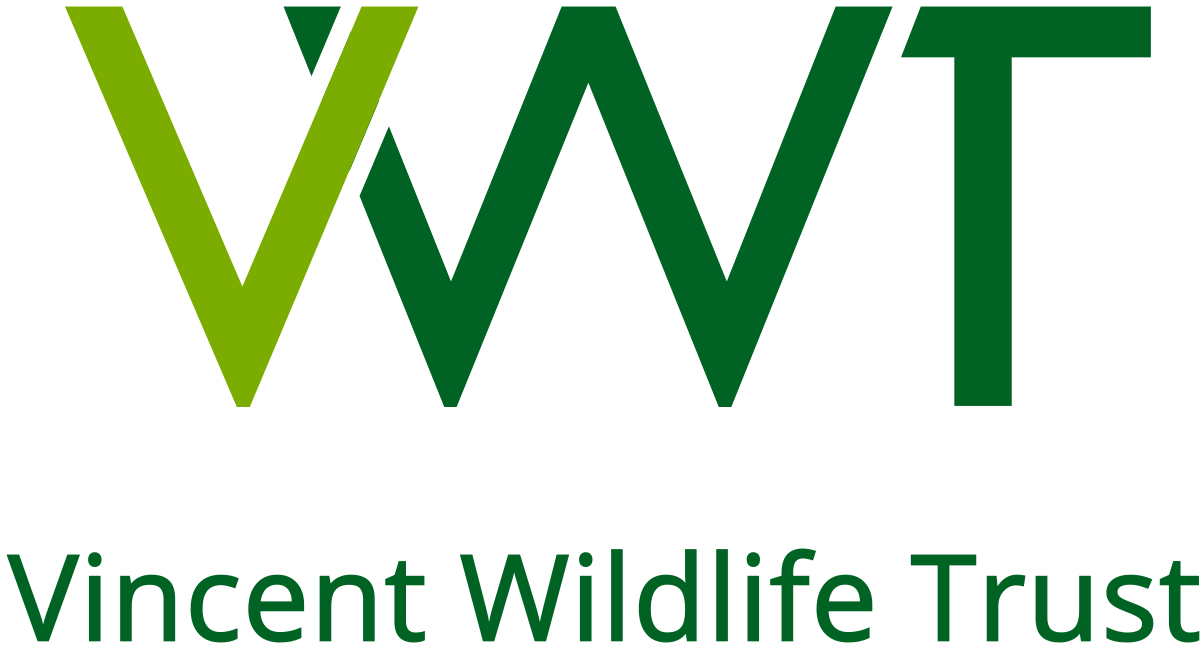Use selective logging instead of clear-cutting
-
Overall effectiveness category Unknown effectiveness (limited evidence)
-
Number of studies: 3
View assessment score
Hide assessment score
How is the evidence assessed?
-
Effectiveness
60% -
Certainty
35% -
Harms
30%
Study locations
Supporting evidence from individual studies
A site comparison in 1984-1985 in rainforest in Gola Forest Reserves, Sierra Leone found that group densities of three out of six primate species were lower in selectively logged than in unlogged forests. Diana monkeys Cercopithecus diana, spot-nosed monkeys Cercopithecus petaurista, and Campbell's monkeys Cercopithecus campbelli had similar group densities in low-intensity selectively logged and unlogged forest patches. In contrast, group densities of red colobus Procolobus badius, black-and-white colobus Colobus polykomos, and olive colobus Procolobus verus appeared lower in selectively logged than in unlogged forests. Group densities of all species were lower in heavily selectively logged forest than in unlogged or low-intensity selectively logged forests. Group densities for Campbell's monkeys were similar in unlogged and logged forests. Hunting rate was highest in high-intensity selectively logged forests, moderate in selectively logged forests and low in unlogged forests. However, no statistical tests were carried out to determine whether this difference was significant. Sample sizes were small and ranged from one to seven groups. Selective logging involved the cutting of commercial tree species with a girth larger than 2-2.6 m. Three unlogged sites, one low-intensity selectively logged site (eight logged trees/8 ha plot), and one heavily selectively logged site (51 logged trees/8 ha plot) were surveyed by walking a rectangular 2 km trail and mapping primate groups and their calls.
Study and other actions testedA before-and-after trial in 1990-1992 in tropical dry forest in Fôret de Kirindy, western Madagascar found that lemur encounter rates increased two years after low-intensity selective logging (<or=10% of crown area removed) for the fat-tailed dwarf lemur Cheirogaleus medius, the mouse lemurs Microcebus spp., and the Masoala fork-marked lemur Phaner furcifer. Encounter rates did not change for the brown lemur Eulemur fulvus, Verreaux's sifaka Propithecus verreauxi, Lepilelur mustelinus, and Coquerel's giant mouse lemur Mirza coquereli. Encounter rates increased from 0 to 2.8 sightings/km for the mouse lemurs Microcebus spp., from 1.5 to 4.1 sightings/km for the western fat-tailed dwarf lemur Cheirogaleus medius and from 0.5 to 0.9 sightings/km for the Masoala fork-marked lemur Phaner furcifer. However, the authors speculated that the increase was a consequence of a shift in home ranges between surveys, rather than population growth, as most of the species reproduce too slowly to cause a noticeable effect within two years. The same site was surveyed during the day and at night repeatedly and along the same trails in 1990 before logging and in 1992 after low-intensity selective logging. Authors also surveyed two additional sites, one logged in 1985-1986 and one unlogged area to control for potential year-to-year population variation.
Study and other actions testedA site comparison in 1968-1996 in three evergreen forests in Uganda found that light selective logging (5.1 stems/ha) did not affect average primate group densities and group sizes of blue monkey Cercopithecus mitis, redtail monkey Cercopithecus ascanius, Ugandan red colobus Procolobus tephrosceles, and grey-cheeked mangabey Lophocebus albigena when compared to populations in heavy selected logging (7.4 stems/ha) areas. However, group density of eastern black-and-white colobus (BWC) Colobus guereza was lower in the light selective logging area in 1980-1981 (3.31 vs 4.81 groups/km2) and in 1996-1997 (4.83 vs 9.12 groups/km2) than in the heavily logged area. BWC had higher group densities in the light selective logging area than in the unlogged area (1980/81: 3.31 vs 0.89 groups/km2; 1996/97: 4.83 vs 2.00 groups/km2). Heavy selective logging resulted in lower group densities compared to unlogged and light selective logging for red colobus (1980-1981: 3.08 vs 5.46 and 5.78 groups/km2) and redtail monkeys (1980-1981: 2.21 vs 5.58 and 7.03 groups/km2; 1996-1997: 1.04 vs 4.83 and 11.48 groups/km2). Relative abundance (number of groups seen/ km surveyed) in heavy selective logging decreased between surveys conducted in 1980-1981 to 1996-1997 for red colobus (0.567 vs 0.292), BWC (1.144 vs 0.542), redtail monkey (0.589 vs 0.094), and blue monkey (0.337 vs 0.021), but only for red colobus in lightly logged forests (0.710 vs 0.459) over the same period. BWC relative abundance decreased in unlogged areas from 0.23 in 1970-1972 to 0.11 in 1974-1967 and 0.11 in 1980-1981 but increased for grey-cheeked mangabeys (1970-1972: 0.12; 1980-1981: 0.16). Surveys used line transect methods to assess primate densities across three forestry compartments with heavy-, light- and no selective logging in the late 1960s. The unlogged area was surveyed in 1970-1976. Survey effort and data collection methods were comparable.
Study and other actions tested
Where has this evidence come from?
List of journals searched by synopsis
All the journals searched for all synopses
This Action forms part of the Action Synopsis:
Primate Conservation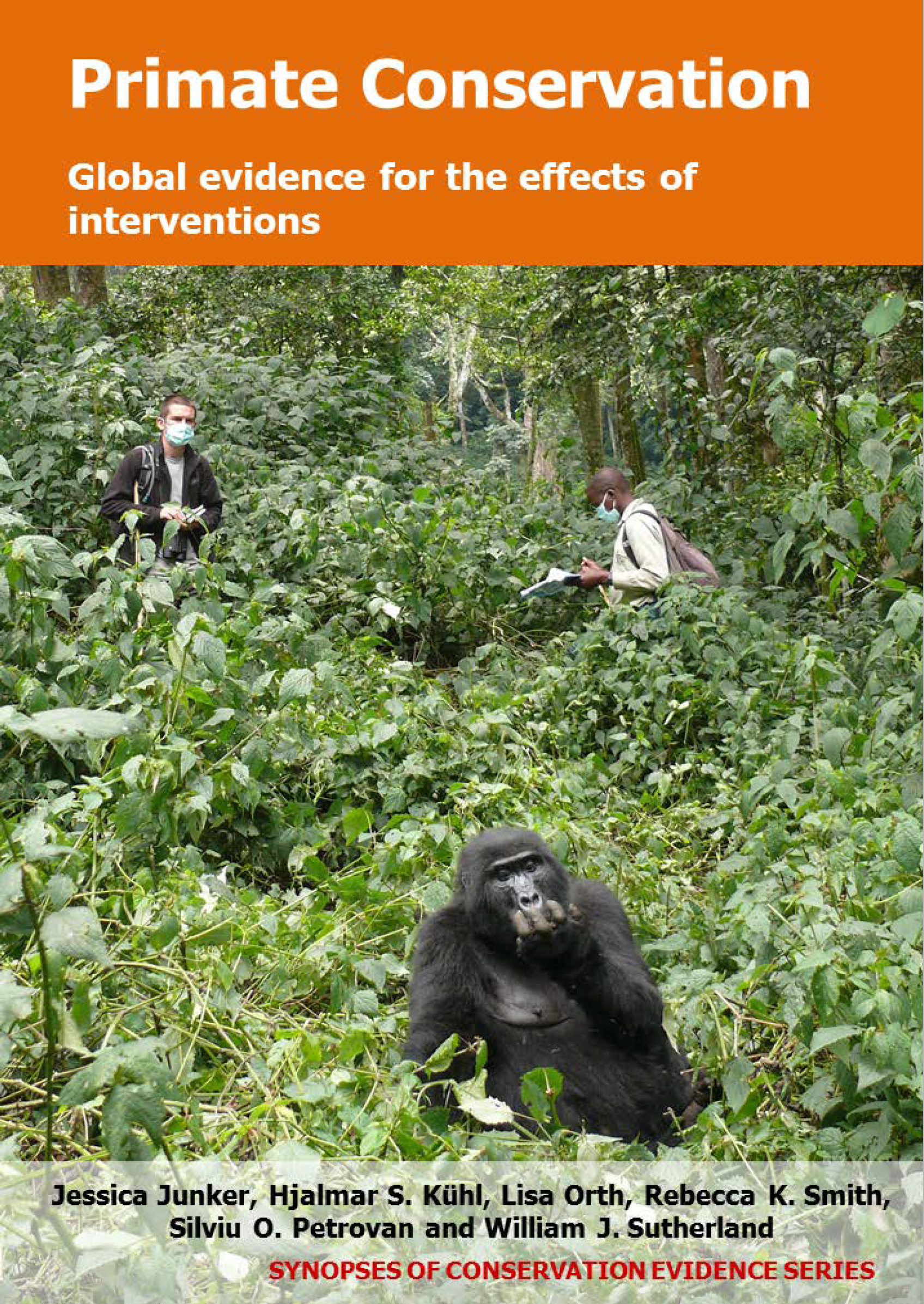
Primate Conservation - Published 2017
Primate Synopsis

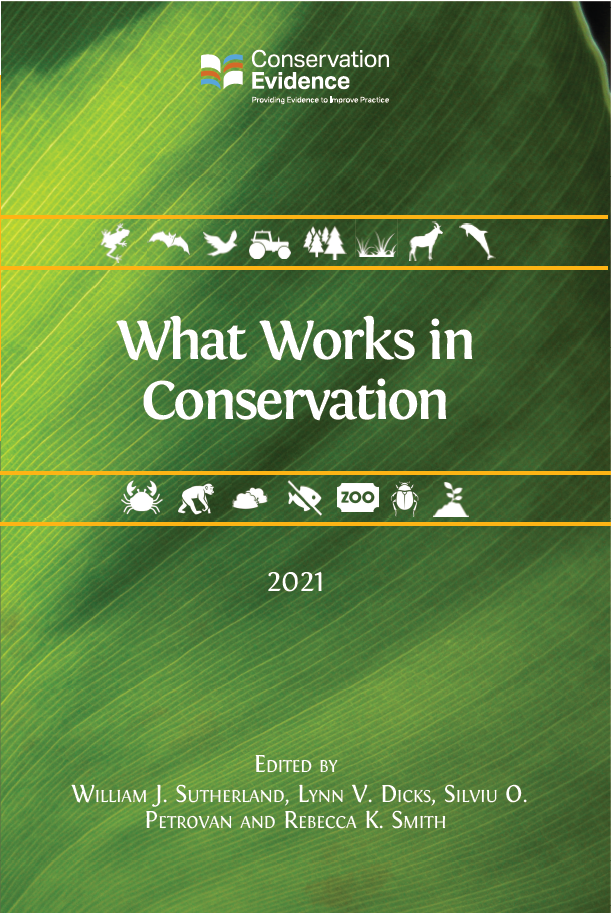
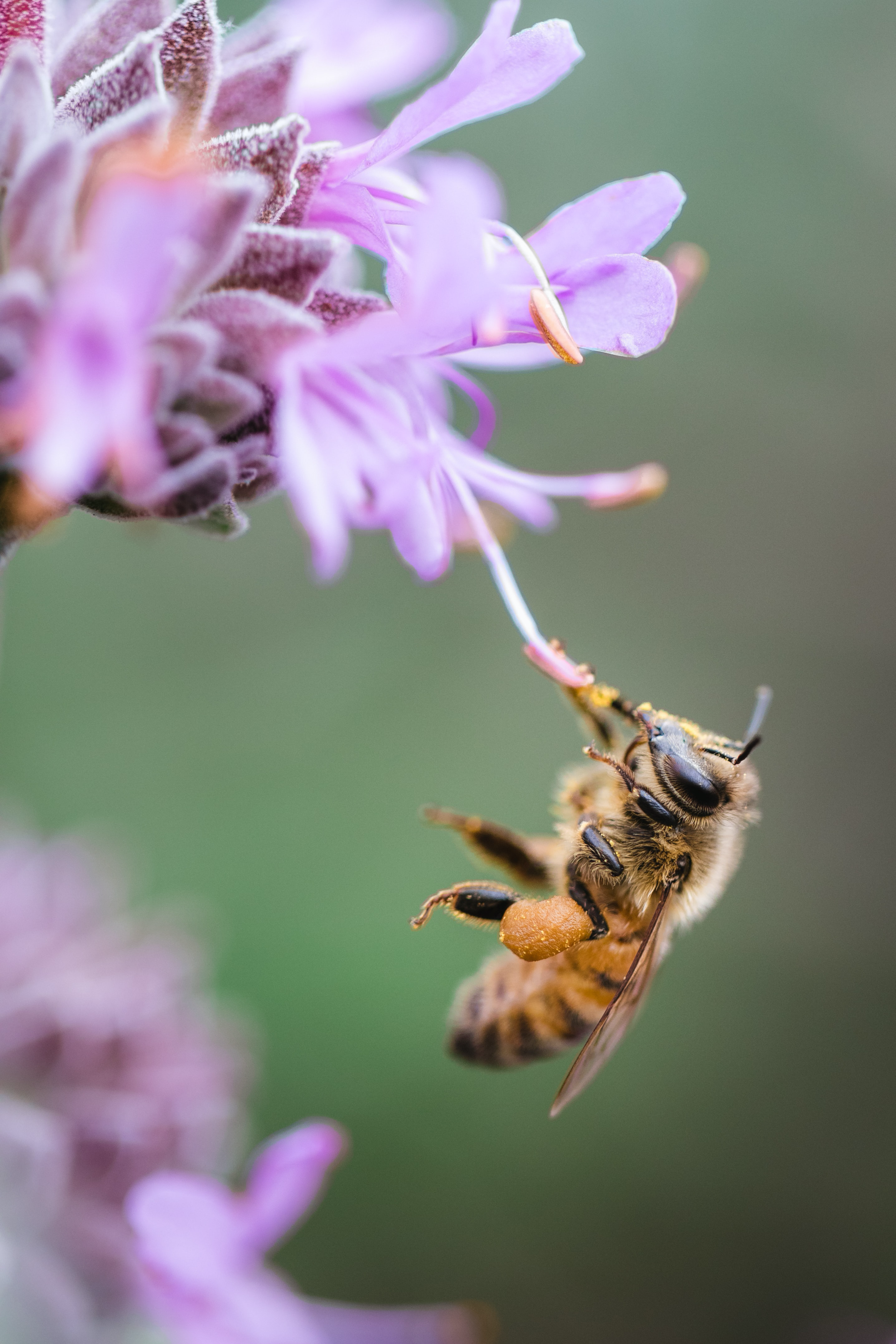

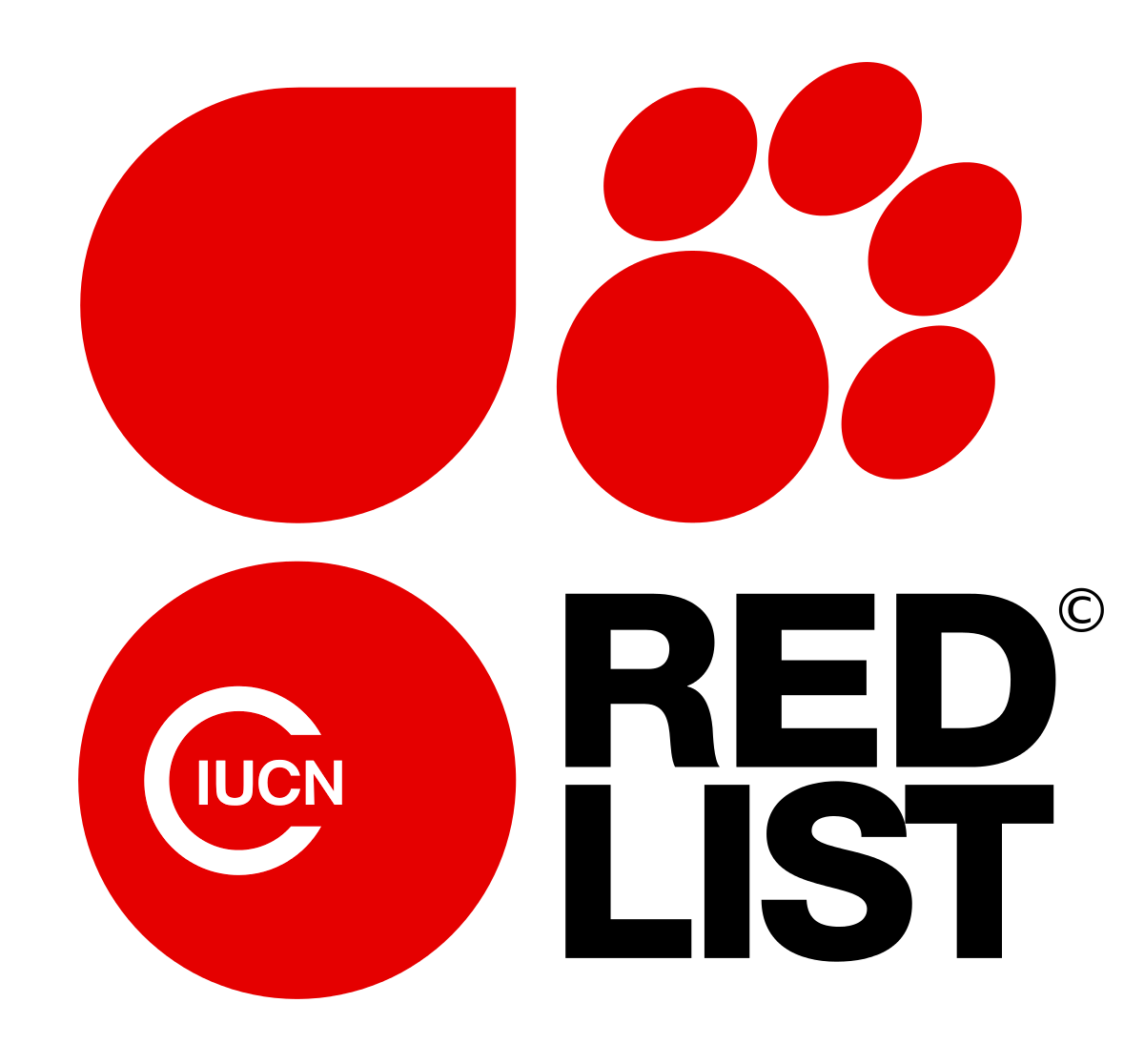
)_2023.JPG)
